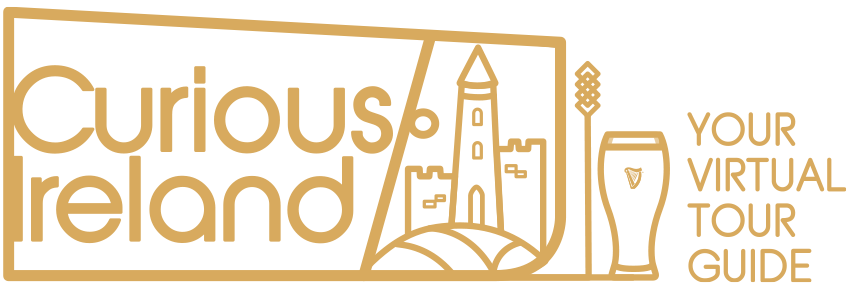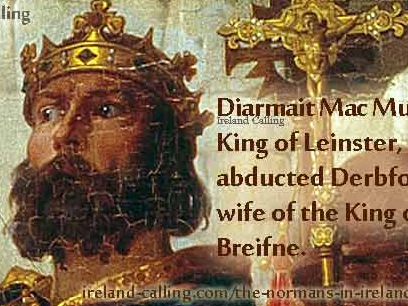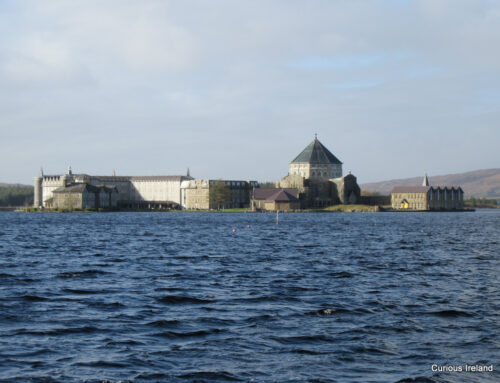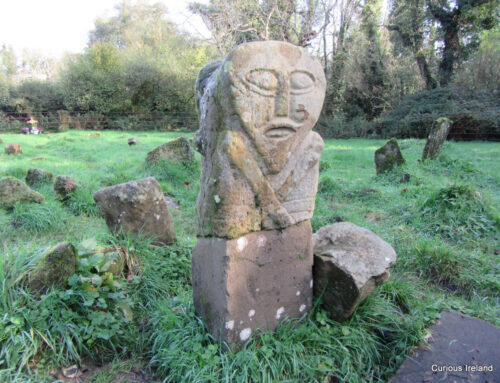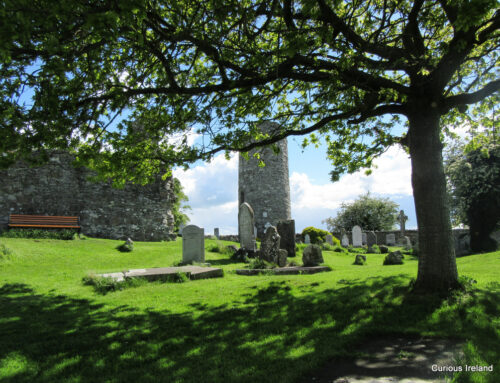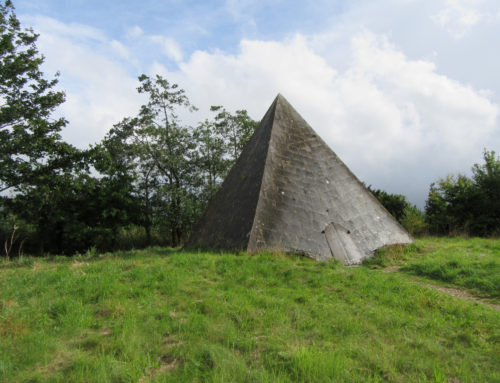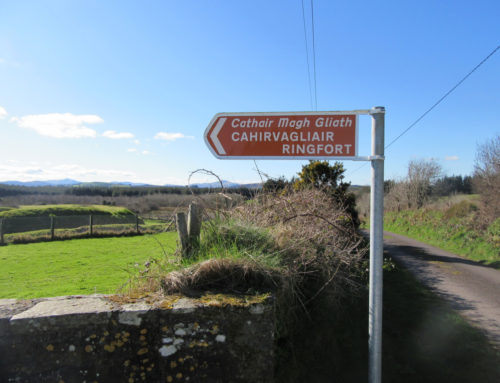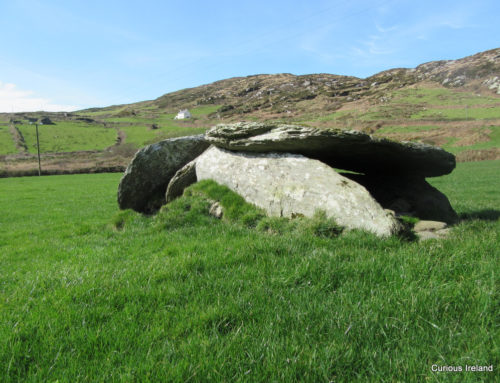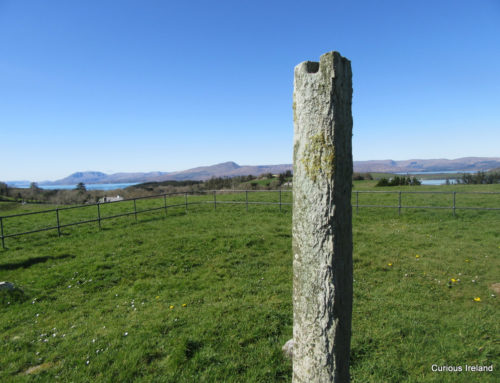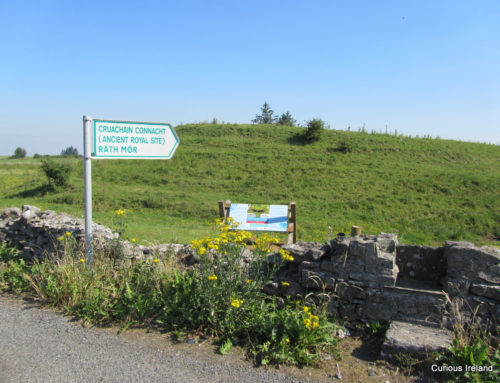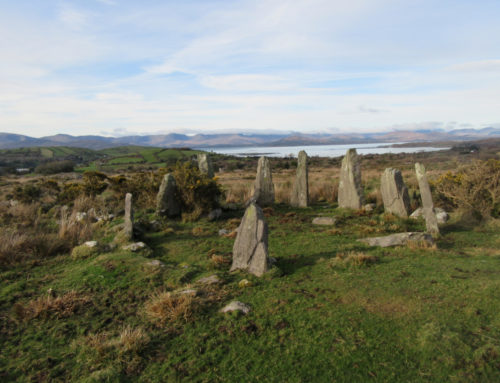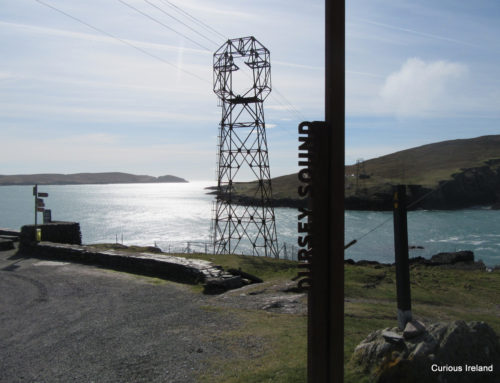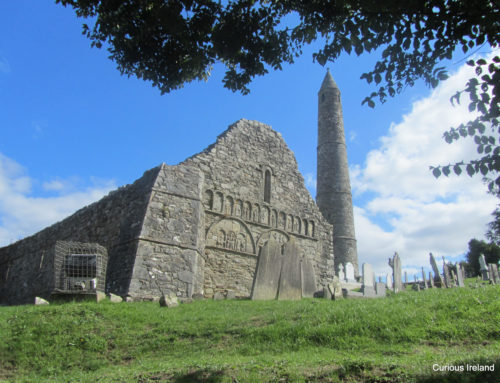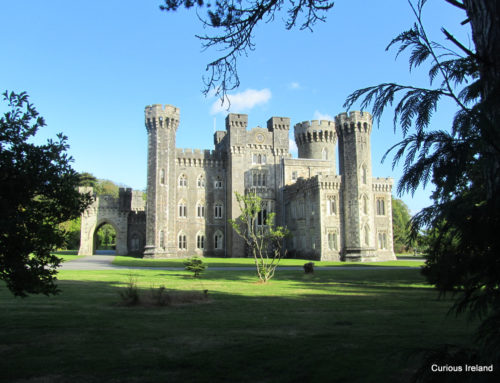Diarmait MacMurrough was born in violent times and was unexpectedly made King of Leinster after his father and brother were killed in battles. During this period rival kings from all over the country were constantly fighting over land and titles. In the mid-1150’s Diarmait backed Murtough MacLochlainn, the King of Tir Eogain (Ulster) against Rory O’Connor (the King of Connaught) and Tiernan O’Rourke (the King of Brefne – now Cavan & Meath). In 1166 MacLochlain’s subjects rebelled against him and killed him in a skirmish after he broke an oath and blinded the king of Ulidia. Next in their firing line was MacMurrough, who was deprived of his kingdom after he was accused of abducting Dervorgilla, the wife of the King of Breifne and his main rival. In 1166, Dermot set sail for Norman allies to restore his crown and eventually pledged an oath of allegiance to King Henry II. Henry told him to seek the help of Richard de Clare, 2nd Earl of Pembroke (nicknamed “Strongbow”). Strongbow was offered Diarmait’s daughter Aoife in marriage and was promised the Kingship of Leinster on Diarmait’s death. The rest, as they say, is ‘history’ after the Norman invasion. Diarmait is often seen as a traitor, but many historians now say his intentions were not to aid an English invasion of Ireland, but rather to use Henry’s assistance to become High King of Ireland himself. He had no way of knowing Henry II’s ambitions in Ireland and at this time, politics was based on dynasties. In turn, Henry II did not even consider himself to be English or Norman, but a French Angevin, and was merely responding to the realities on the ground. In fact, Rory O’Connor the present High King in Ireland also turned to the English to restore his throne as Dairmait had done before him. Diarmait’s male-line descendants such as Art Mac Art continued to rule parts of Leinster until the Tudor conquest of Ireland in the 16th century.
